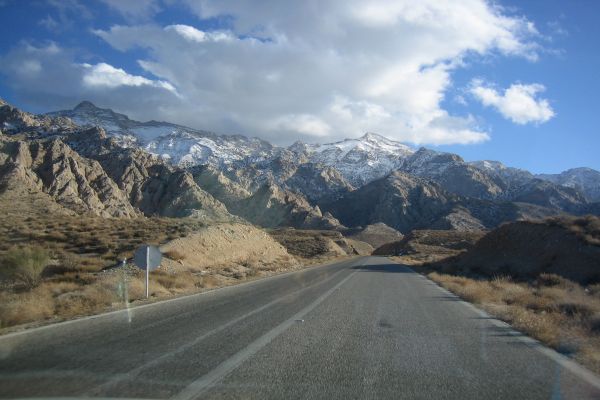Khabr and Rochun
Khabr and Rochun region which has been protected 1971 was later designated wildlife refuge in 1975 and its vast central part was promoted to national park. Located in Kerman province, Rochun is composed of five distinct parts of the total area of 28171ha, all bordering Khabr national park. The altitude range of 1040-2640 m, and mean annual temperature and precipitation of 15-21 C and 200-350 mm, respectively have resulted in arid and cold semi-arid climates. Rivers of the Cheshmeh Hossein, Baghkenar, the Goor-e Khosro and a number of wells, qanats and springs are the main water supply sources f the region.

The plain cold and tropical, mountainous subtropical and temperate sites of the region are home to various plant species such as mountain almond, Turk terebinth pistache, nubk tree, bean caper, willow, olive tree, almond, juniper, swallow wort, true mytle, astragal, prickly thrift, Persian globe thistle, borage poppy and colocynth. The main animal species of the region are jebeer gazelle, wild sheep, wild goat, leopard, caracal, wild cat, Pallas’s cat, jackal, hyena, black partridge, houra bustard, white-throated robin, see-see partridge, different buzzards, bearded vulture, bonelle’s eagle, spur-thighed tortoise, leaf-nose viper, steppe ribbon snake and diadem snake. Cheetah is one of the endangered species of the region.
Not long ago, Asian black bear, Persian wild ass and goitered gazelle were also reported in the area. Beautiful landscapes, diverse wildlife and vegetation cover, historical and ancient monuments, frequent springs and proper access roads have made possible tourist and research activities in the region.